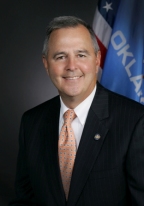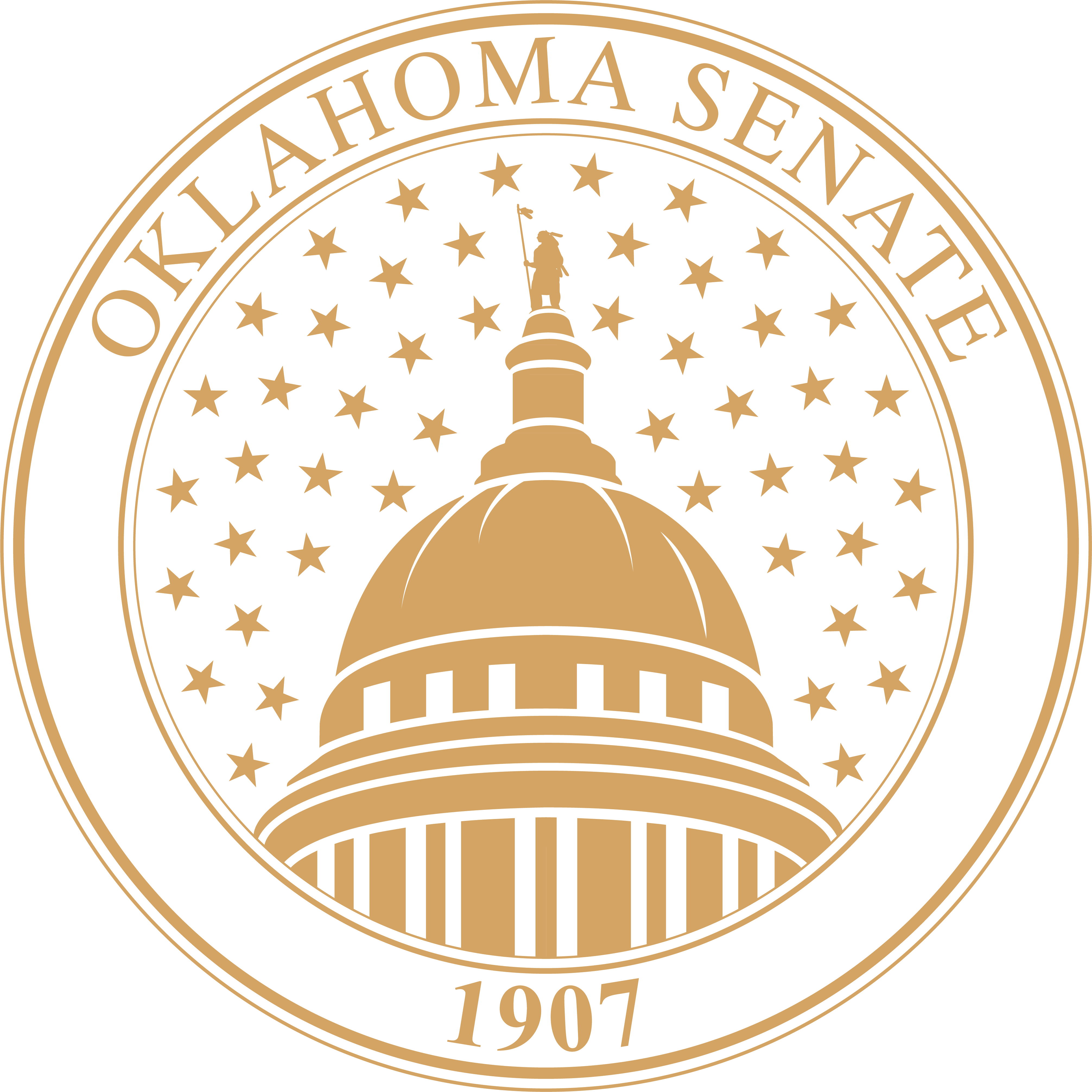In order to provide equal access and equal opportunity to people with diverse abilities, this site has been designed with accessibility in mind. Click here to view
Lawmakers Send Bingman Energy Conservation Bill to Governor
 Sen. Brian Bingman
Sen. Brian Bingman
Legislation sent to the desk of Governor Mary Fallin on Wednesday by the state Senate would initiate an energy conservation program for state agencies, institutions and assets that would result in hundreds of millions of taxpayer dollars being saved. Senate Bill 1096, authored by Senate President Pro Tempore Brian Bingman, creates the Oklahoma State Facilities Energy Conservation Program and directs all state agencies and higher education institutions to achieve an energy efficiency and conservation improvement target of at least 20 percent by the year 2020.
SB 1096 was given final approval in the Senate Wednesday with a unanimous vote of 42-0. Bingman said the program is inspired, in part, by an energy conservation program that began in 2007 at Oklahoma State University (OSU). Since initiating a behavior-modification energy efficiency program, OSU has decreased energy consumption campus-wide by 19 percent, resulting in some $19 million of savings.
“Our families know the value of saving a couple dollars here and there by turning the lights off when you leave the room, and we know those dollars add up over time. Government ought to behave in the same common-sense way, especially when hundreds of millions of taxpayer dollars can be saved,” said Bingman, R-Sapulpa. “We’ll save hundreds of millions over the coming years just by being smarter about our energy use. These savings are real, and we’ll see the return immediately when our energy conservation program is implemented.”
SB 1096 sets a cumulative energy savings target of at least 20 percent by the year 2020 when compared to 2012 fiscal year utility expenditures. Conservative projections show the state could potentially reduce energy consumption by 20 to 30 percent, resulting in approximately $300 to $500 million in net savings over ten years.
“Small business owners know the value of a smart energy usage program, and it’s becoming common practice in the private sector to manage the energy you consume so you have more profit or extra dollars to reinvest and help your business,” Bingman said. “We can make government smaller, simpler and smarter by taking a cue from our business leaders to operate more efficiently. By saving hundreds of millions of dollars over the coming years, we’ll be in a strong position to keep the promises we’ve made to core services like teaching in the classroom, fixing broken roads, and giving public safety and law enforcement the resources they need to keep our families safe.”
Under the Oklahoma State Facilities Energy Conservation Program, the Director of the Office of State Finance, or an OSF designee, would oversee development and implementation of the energy conservation program. The measure ensures all costs associated with the implementation of SB 1096 would be fully funded by savings generated as a result of energy conservation.
 Oklahoma Senate
Oklahoma Senate

